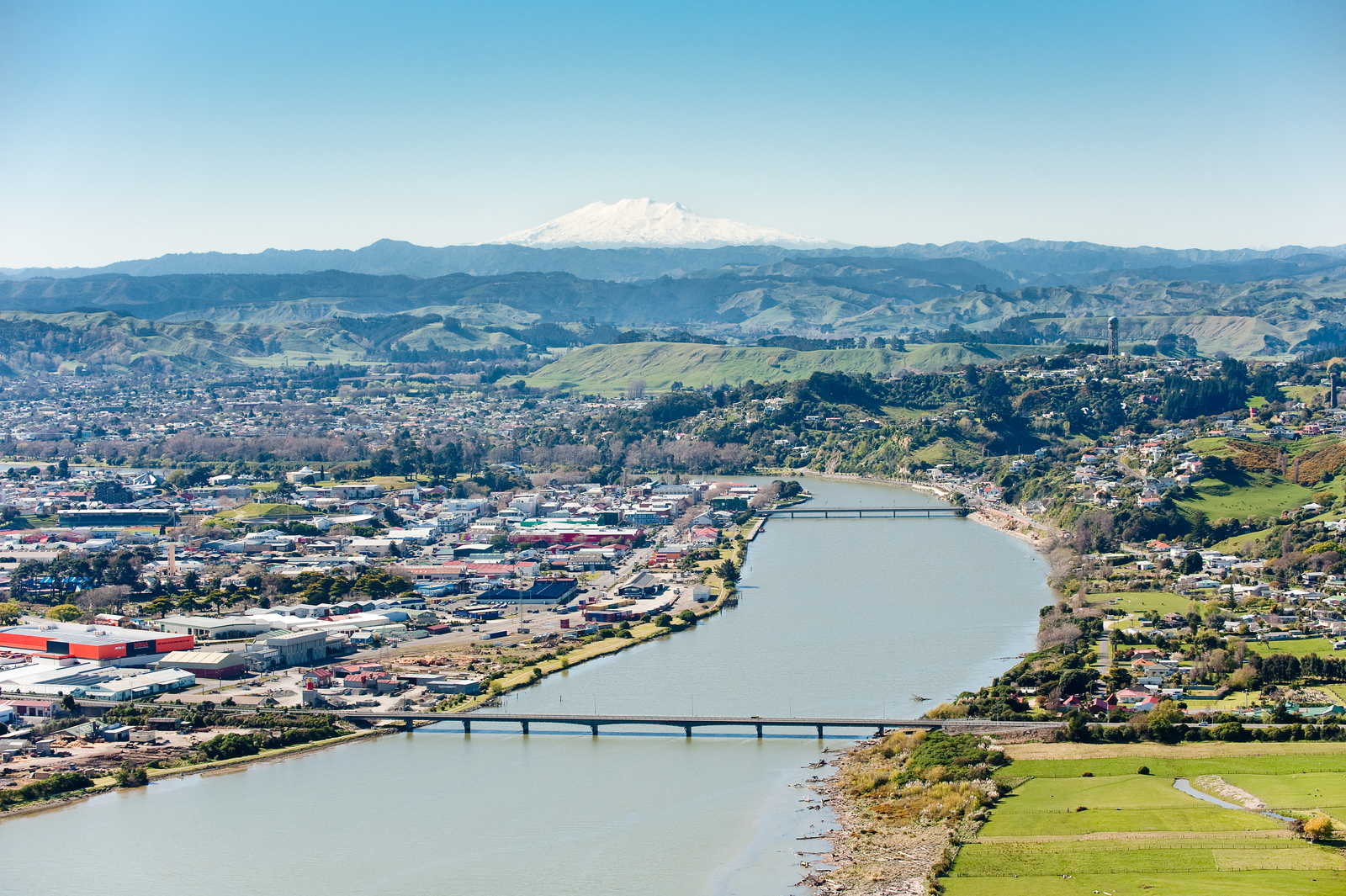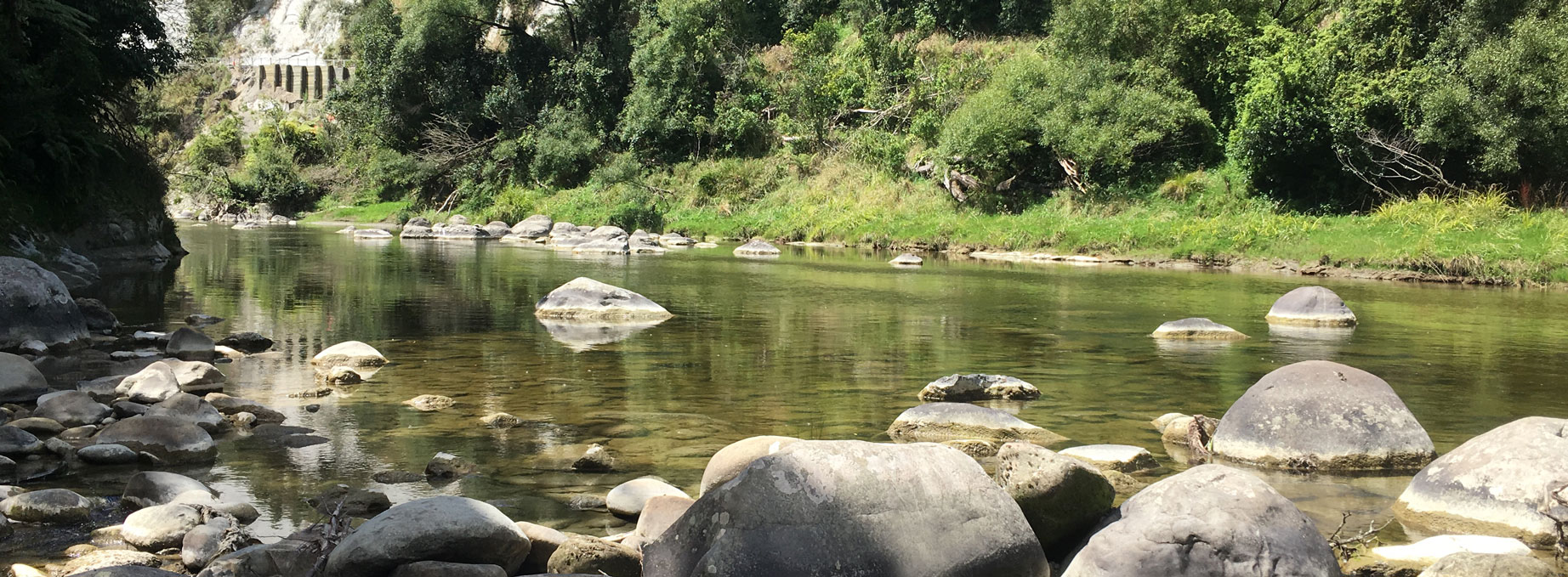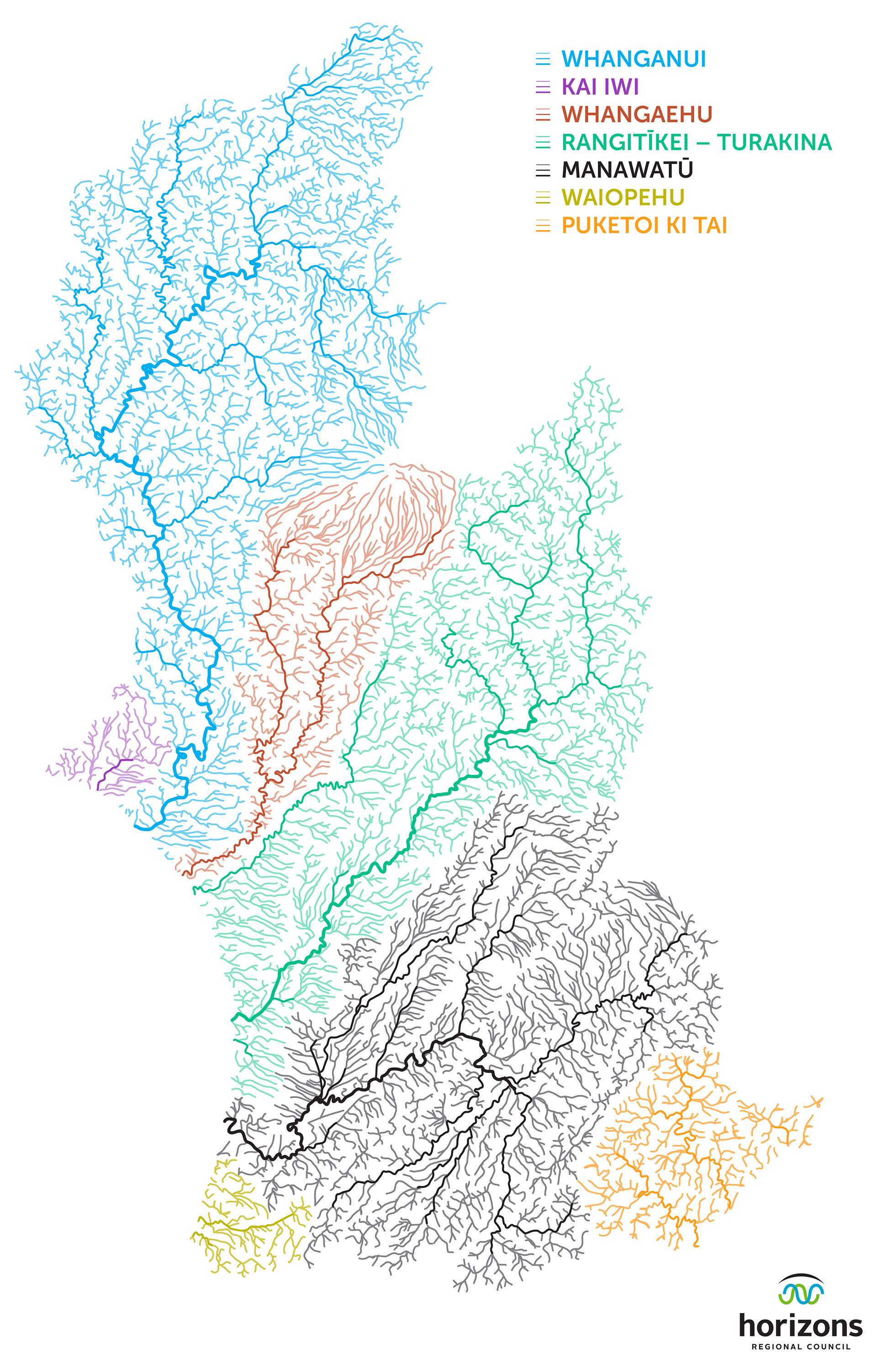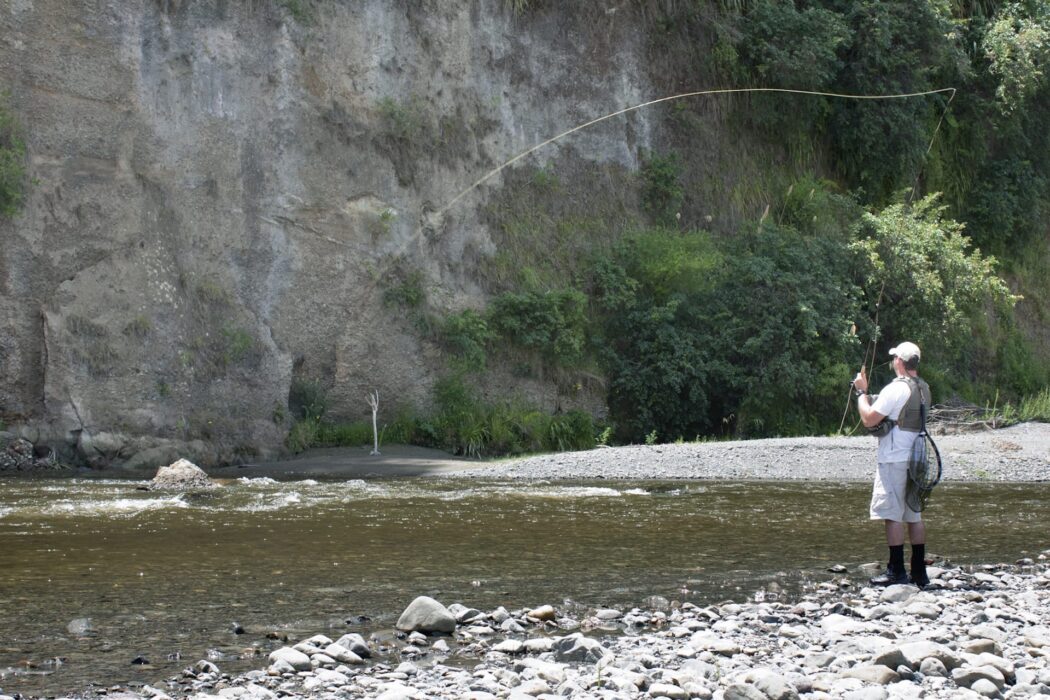Horizons must set long-term visions for freshwater for each of our Freshwater Management Units (FMUs), or catchments within an FMU. These visions must contain goals that are ‘ambitious but reasonable’, meaning they may be difficult to achieve but not impossible.
We’ve chosen to set visions at an FMU level because it means we can consider how the water that falls at the top of a mountain or range is affected as it flows down through to the sea. It provides the opportunity to look at the individual pressures on each FMU and create unique visions reflective of this.
Below you can find our draft long-term visions for each FMU and an overall regional vision. These visions have been developed through tangata whenua, community and stakeholder engagement. You can find a summary of what we heard from our community and stakeholder engagement here.
Draft long-term visions for the revised One Plan
There is a regional vision, plus one for each of our Freshwater Management Units (FMUs), bar Whanganui which is being engaged on separately. These draft visions are a result of tangata whenua, stakeholders and the wider community feedback via engagement in 2022. If you have any feedback on the drafts below, share your thoughts here.
Refers to: Long-term visions for freshwater - a narrative based on kōrero with iwi and hapū representatives who hold mana whenua in the Manawatū-Whanganui region, approved in principle July 2021.
The mauri (health and well-being) of water bodies and freshwater ecosystems are restored by 2055. People can re-establish and strengthen spiritual and emotional connections with the water because waterbodies are clean, water quality is suitable for immersion, drinking and harvesting kai, and waterbodies are able to express their natural form and function.
Water bodies sustain a healthy diversity and abundance of indigenous species, including threatened and taonga species (where identified) and mahinga kai that are expected to be present in that place. Water bodies are accessible for a range of customary and recreational purposes such as gathering and processing kai, swimming and healing. In restored waterbodies, knowledge of mātauranga and practices can be transferred between generations.
Mana whenua are able to meaningfully exercise their mana whakahaere and kaitiaki duties in decision-making, management, restoration and monitoring.
The waterbodies in the Manawatū catchment are restored to a state of health and wellbeing resilience by 2055, to the fullest extent possible, for the benefit of current and future generations.
Goals:
- [Outstanding water body place holder]
- The habitats of indigenous species are protected and restored, and indigenous species can migrate naturally within the FMU.
- The diversity of fish species is representative of what is naturally expected in that place. The abundance is sufficient to support resilient populations.
- Water allocation is managed in a manner that is efficient, responsive to climate change and that supports the existence of surrounding waterways and wetland ecosystems.
- Waterbodies are accessible and water quality is suitable for a range of customary and recreational purposes such as gathering and processing kai, swimming, waka ama, boating and healing.
- The ongoing relationship and connection of mana whenua to waterbodies, wai tapu, tauranga waka and other traditional sites associated with wai is provided for.
- Waterbodies provide a range and abundance of resilient mahinga kai resources.
- Where the health and well-being of the Manawatū River and the drinking and washing water and mahinga kai needs of people are is provided for, sustainable land and water practices will underpin the economic prosperity of the region.
- Where doing so does not adversely affect the habitats of indigenous species, the habitat of trout is protected and maintained.
- Sustainable land and water practices support the national contribution of hydro-electric generation schemes.
The waterbodies of the Horowhenua and Ōhau catchments and Lake Papaitonga, Waikawa and Waitārere Surface Water Management Zones are restored to a state of wellbeing and healthy resilience by 2055, to the fullest extent possible, for the benefit of current and future generations.
Goals:
- [Outstanding water body place holder]
- The habitats of indigenous species are protected and restored, and indigenous species can migrate naturally within the FMU.
- The diversity of fish species is representative of what is naturally expected in that place. The abundance is sufficient to support resilient populations.
- Water allocation is managed in a manner that is efficient, responsive to climate change and that support the existence of surrounding waterways and wetland ecosystems.
- Waterbodies are accessible and water quality is suitable for a range of customary and recreational purposes such as gathering and processing kai, swimming, waka ama, boating and healing.
- The ongoing relationship and connection of mana whenua to waterbodies, wai tapu, tauranga waka and other traditional sites associated with wai is provided for.
- Waterbodies provide a range and abundance of resilient and accessible mahinga kai resources.
- Where doing so does not adversely affect the habitats of indigenous species, the habitat of trout is protected and maintained.
- The trophic state of Lake Horowhenua is improved. [level of ambition TBC]
The waterbodies of the Kai Iwi, Northern Coastal and Mōwhānau water management zones are restored to a state of wellbeing and healthy resilience by 2055, to the fullest extent possible, for the benefit of current and future generations.
Goals:
- [Outstanding water body place holder]
- The habitats of indigenous species are protected and restored, and indigenous species can migrate naturally within the FMU.
- The diversity of fish species is representative of what is naturally expected in that place. The abundance is sufficient to support resilient populations.
- Water allocation is managed in a manner that is efficient, responsive to climate change and that supports the existence of surrounding waterways and wetland ecosystems.
- Waterbodies are accessible and water quality is suitable for a range of customary and recreational purposes such as gathering and processing kai, swimming, waka ama, boating and healing.
- The ongoing relationship and connection of mana whenua to waterbodies, wai tapu, tauranga waka and other traditional sites associated with wai is provided for.
- Waterbodies provide a range and abundance of resilient and accessible mahinga kai resources.
The waterbodies of the Coastal Tararua, Ōwahanga and Ākitio Catchments are restored to a state of wellbeing and healthy resilience by 2055, to the fullest extent possible, for the benefit of current and future generations.
Goals:
- [Outstanding water body place holder]
- The habitats of indigenous species are protected and restored, and indigenous species can migrate naturally within the FMU.
- The diversity of fish species is representative of what is naturally expected in that place. The abundance is sufficient to support resilient populations.
- Water allocation is managed in a manner that is efficient, responsive to climate change and that supports the existence of surrounding waterways and wetland ecosystems.
- Waterbodies are accessible and water quality is suitable for a range of customary and recreational purposes such as gathering and processing kai, swimming, waka ama, boating and healing.
- The ongoing relationship and connection of mana whenua to waterbodies, wai tapu, tauranga waka and other traditional sites associated with wai is provided for.
- Waterbodies provide a range and abundance of resilient and accessible mahinga kai resources.
The waterbodies of the Rangitīkei and Turakina catchments including Northern Manawatū Lakes and Southern Whanganui Lakes water management zones, dune lake systems and wetlands are restored to a state of wellbeing and healthy resilience by 2055, to the fullest extent possible, for the benefit of current and future generations.
From Ngā Puna Rau o Rangitīkei – Ki Uta, Ki Tai: Catchment Strategy & Action Plan:
He tuaiwi o te rohe mai i te mātāpuna ki tai kia whakapakari ai te iwi | Connecting and sustaining its peoples and communities for a positive future.
Goals:
- [Outstanding water body place holder]
- The outstanding wild and scenic characteristics and recreational, fisheries, and wildlife habitat features of the Upper and Middle Rangitīkei River are protected (Water Conservation (Rangitikei River) Order 1993).
- The habitats of indigenous species are protected and restored, and indigenous species can migrate naturally within the Freshwater Management Unit (FMU).
- The diversity of fish species is representative of what is naturally expected in that place. The abundance is sufficient to support resilient populations.
- Water allocation is managed in a manner that is efficient, responsive to climate change and that supports the existence of surrounding waterways and wetland ecosystems.
- Waterbodies are accessible and water quality is suitable for a range of customary and recreational purposes such as gathering and processing kai, swimming, waka ama, boating and healing.
- The ongoing relationship and connection of mana whenua to waterbodies, wai tapu, tauranga waka and other traditional sites associated with wai is provided for.
- Waterbodies provide a range and abundance of resilient and accessible mahinga kai resources.
- Where doing so does not adversely affect the habitats of indigenous species, the habitat of trout is protected and maintained.
- Sustainable land and water practices maintain the national contribution of hydro-electric generation schemes.
The waterbodies of Te Waiū-o-Te-Ika, the Whangaehu catchment are restored to a state of wellbeing and healthy resilience by 2055, to the fullest extent possible, for the benefit of current and future generations.
Goals:
- Management of the Whangaehu FMU recognises and provides for Te Mana Tupua and Ngā Toka Tupua1.
- [Outstanding water body place holder]
- The habitats of indigenous species are protected and restored, and indigenous species can migrate naturally within the FMU.
- The diversity of fish species is representative of what is naturally expected in that place. The abundance is sufficient to support resilient populations.
- Water allocation is managed in a manner that is efficient, responsive to climate change and that supports the existence of surrounding waterways and wetland ecosystems.
- Waterbodies are accessible and water quality is suitable for a range of customary and recreational purposes such as gathering and processing kai, swimming, waka ama, boating and healing.
- The ongoing relationship and connection of mana whenua to waterbodies, wai tapu, tauranga waka and other traditional sites associated with wai is provided for.
- Waterbodies provide a range and abundance of resilient and accessible mahinga kai resources.
- Where doing so does not adversely affect the habitats of indigenous species, the habitat of trout is protected and maintained.
- Sustainable land and water practices maintain the national contribution of hydro-electric generation schemes.
1 Te Mana Tupua and Ngā Toka Tupua have the same meaning as in section 12 of the Ngāti Rangi Claims Settlement Act 2019.





